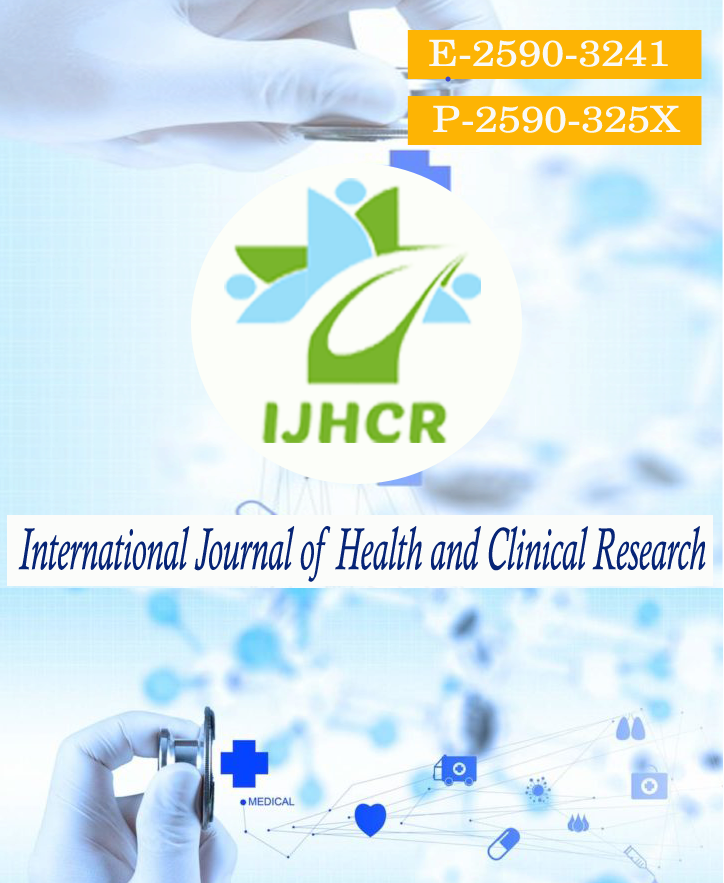Bacteriological Profile of Catheter Associated Urinary Tract Infection and its Antimicrobial Susceptibility Pattern in a Tertiary Care Hospital
Keywords:
CAUTI, Uropathogens, Sensitivity pattern.CAUTI, Uropathogens, Sensitivity pattern.Abstract
Introduction: Among nosocomial infections catheter associated urinary infection (CAUTI) is one of the most common infection. Uropathogens isolated from CAUTI are more multi-drug resistant than from community acquired urinary tract infection (UTI). Hence the aim of this study is to isolate uro-pathogens from CAUTI and find out antibiotic sensitivity pattern among the isolates. Material and Methods: This is a prospective and observational study conducted at tertiary care teaching hospital over a period of One year. Urine samples were collected from patients who were catheterized, according to CDC guidelines using sterile needle from tubing of catheter under aseptic precautions. The samples were processed in the Department of Microbiology, as per standard protocols. Uropathogens were isolated, identified and subjected to antibiotic sensitivity testing. Results: The present study shows the pathogens causing CAUTIs and their antibiotic susceptibility pattern. Of 200 urine samples cultured from patients with CAUTI 50 (25%) yielded growth of single organism and 150 (75%) showed no evidence of growth. Escherichia. coli 38% was the predominant pathogen followed by Klebsiella pneumoniae 30%, Pseudomonas aeruginosa 10% Staphylococcus aureus 6.0%. Conclusion: The result showed that the most predominant bacterial isolate causing CAUTI was E. coli. Overall, the percentage of sensitivity of Gram-negative bacteria to all antibiotics tested was relatively low, except for Amikacin, Meropenem and Imipenem which were relatively high. Gram positive cocci showed high susceptibility to Linezolid, Tigecycline and Vancomycin.
Downloads
Published
How to Cite
Issue
Section
License
Copyright (c) 2021 Smitha Bagali, P. G. Mantur

This work is licensed under a Creative Commons Attribution 4.0 International License.






 All articles published in International Journal of Health and Clinical Research are licensed under a
All articles published in International Journal of Health and Clinical Research are licensed under a 